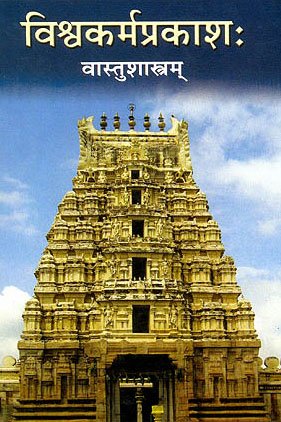Pushpapushkala, Puṣpapuṣkala, Pushpa-pushkala: 2 definitions
Introduction:
Pushpapushkala means something in Hinduism, Sanskrit. If you want to know the exact meaning, history, etymology or English translation of this term then check out the descriptions on this page. Add your comment or reference to a book if you want to contribute to this summary article.
The Sanskrit term Puṣpapuṣkala can be transliterated into English as Puspapuskala or Pushpapushkala, using the IAST transliteration scheme (?).
In Hinduism
Shilpashastra (iconography)
Source: Wisdom Library: Śilpa-śāstraPuṣpapuṣkala (पुष्पपुष्कल) refers to a variety of adhiṣṭhāna, which is a pedestal or base of a structure, and a very important component in the art of construction (śilpa). Puṣpapuṣkala is mentioned in the Mānasāra (chapter 14), the Mayamata and the Kāśyapaśilpa. Puṣpapuṣkala is classified under its parent group named pādabandha, according to the Kāśyapaśilpa.

Shilpashastra (शिल्पशास्त्र, śilpaśāstra) represents the ancient Indian science (shastra) of creative arts (shilpa) such as sculpture, iconography and painting. Closely related to Vastushastra (architecture), they often share the same literature.
Vastushastra (architecture)
Source: Shodhganga: Temples of Salem region Up to 1336 ADPuṣpapuṣkala (पुष्पपुष्कल).—A type of adhiṣṭhāna (‘pedestal’);—Mānasāra (verses 14.40-46) Mayamata (verses 14.27-28) and Kāśyapaśilpa (verses 6.46-51) mention this adhiṣṭhāna. They prescribe different heights for this plinth. According to Mayamata, the major mouldings of this plinth are upāna, mahāpadma, jagati, kumuda, gala and prati. According to Mānasāra (verses 14.36-37), paṭṭikā and kapota can be carved together. Mayamata states that in this plinth, importance is to be given for mahāpadma i.e. an inverted lotus moulding in the place of jagati. This surface is to be made prominent and attractive by carving lotus petals deep and well-scalloped.
Puṣpapuṣkala, the literal meaning of which is to be taken as puṣpa i.e. ‘padma’, puṣkala i.e., ‘prominent’. The prominent puṣpa motif is the main attraction of this plinth.

Vastushastra (वास्तुशास्त्र, vāstuśāstra) refers to the ancient Indian science (shastra) of architecture (vastu), dealing with topics such architecture, sculpture, town-building, fort building and various other constructions. Vastu also deals with the philosophy of the architectural relation with the cosmic universe.
See also (Relevant definitions)
Partial matches: Pushpa, Pushkala.
Full-text: Padabandha.
Relevant text
No search results for Pushpapushkala, Puṣpapuṣkala, Pushpa-pushkala, Puspa-puskala, Puspapuskala; (plurals include: Pushpapushkalas, Puṣpapuṣkalas, pushkalas, puskalas, Puspapuskalas) in any book or story.